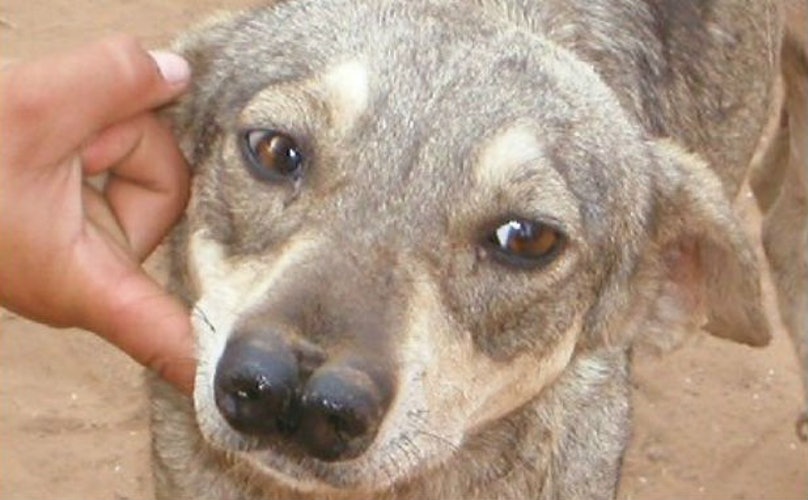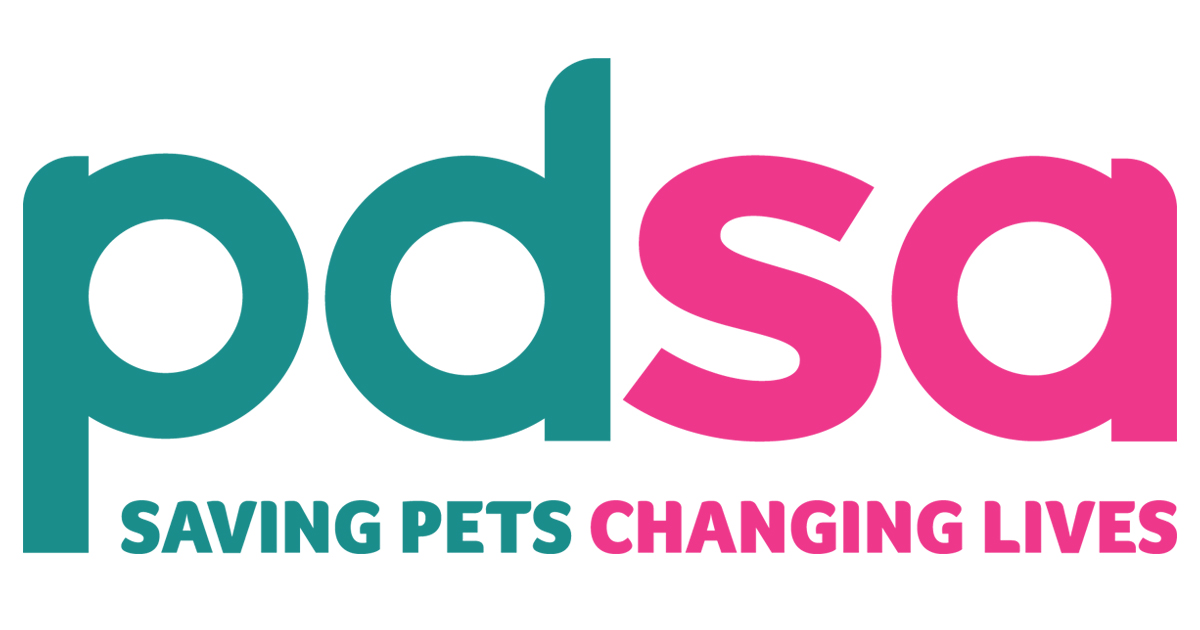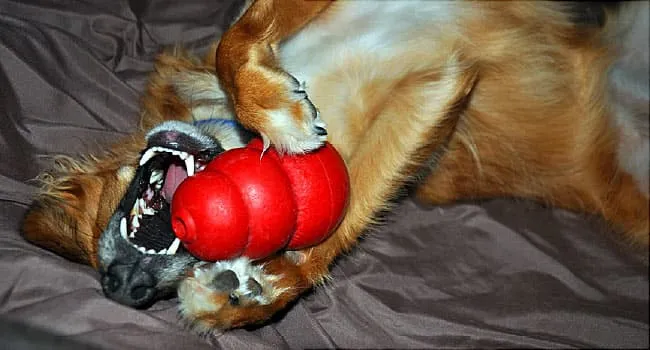- Sustainable Tails
- Posts
- Sustainable Tails
Sustainable Tails
Spaying and Neutering Cats, Domestication Differences Between Cats and Dogs, and Should Cats Drink Milk
Hi gang! Thanks for stepping into this edition of Sustainable Tails with us. We are glad to have you back again this week. We are diving into more fun and interesting topics, so without further ado, let’s get underway!
The Benefits Of Spaying And Neutering Cats

A Cat Undergoing A Procedure At The Vet
Female cats, or queens, can become pregnant as early as five months of age, marking the onset of their reproductive maturity. This early fertility underscores the importance of proactive measures such as spaying to prevent unplanned pregnancies. Early spaying, ideally before a cat's first heat cycle, not only addresses the issue of overpopulation but also brings several health and behavioral benefits.
Spaying, or ovariohysterectomy, involves the surgical removal of a female cat's ovaries and uterus. By preventing unwanted pregnancies, spaying eliminates the risks associated with childbirth and the challenges of finding suitable homes for kittens. Additionally, spayed cats are less prone to certain health issues, including uterine infections and mammary tumors.
Behaviorally, spaying reduces the likelihood of a cat engaging in vocalizations and restlessness associated with being in heat. It also curbs the instinctual behaviors such as roaming and marking territory, making for a more content and homebound feline companion. Spaying not only contributes to the individual cat's well-being but also plays a crucial role in controlling the population of stray and feral cats, mitigating the strain on animal shelters and reducing the number of euthanized animals.
In conclusion, spaying female cats at an early age is a responsible and compassionate choice that not only benefits the individual cat but also helps address the broader issue of pet overpopulation, promoting a healthier and more harmonious coexistence between humans and their feline companions.
Cat Fact Corner
Cats knock objects off tables or paw at items as instinctual behaviors rooted in hunting and play. Knocking things off surfaces mimics predatory behaviors, engaging their hunting instincts and providing mental stimulation. Pawing at objects is often a playful or exploratory action, allowing cats to investigate textures and shapes. These behaviors may also serve as a way for cats to communicate with their owners or seek attention in a manner consistent with their natural instincts.
The Domestication Differences Between Cats And Dogs

Dog And Cat Stare Down
The dynamics of the human-animal bond between dogs and their owners and cats and their human companions often manifest in distinct ways, reflecting the evolutionary history and social structures of each species. It is thought that cats were domesticated around 12,000 years ago, and dogs many millennia before that, 20-40,000 years ago!
Dogs, as pack animals with a hierarchical social structure, often exhibit behaviors that signify submission and respect toward their human counterparts. When dogs "look up" to their owners, they may be acknowledging them as leaders of the pack. This behavior is deeply rooted in the canine instinct to seek guidance and protection from their perceived leaders. The act of looking up can also be a sign of trust and affection, as dogs recognize their owners as a source of care and security.
Cats, on the other hand, are more independent and solitary by nature. Unlike the hierarchical structure found in dog packs, cats are not as inherently driven by social hierarchies. Instead, they may treat their human companions as equals. Cats often establish a more collaborative relationship, viewing their owners as companions with whom they share their territory. When a cat treats a person as an equal, it signifies a level of mutual respect and trust, acknowledging the human as a member of their social group rather than a hierarchical leader.
It’s possible, with 10-20,000 more years of evolution, cats will exhibit the “looking up to” their owners behavior that most dogs exhibit nowadays. Both behaviors, whether looking up or treating as an equal, represent the unique ways in which dogs and cats express their connections with humans, reflecting the intricate interplay between domestication, evolutionary history, and the diverse characteristics of these beloved companion animals.
Pet Poem Place
Man’s Best Friend
By Kallie, Age 13, Utah USA
A dog is a man’s best friend,
Always there to lend him a hand.
He doesn’t ask much in return.
Only a pat on the back,
We can give them that.
I have three very lovable dogs. There pretty small. But it never stops them from trying to protect me. There really playful and sweet.
Cats And Milk

While many people associate cats with a love of milk, it's important to note that milk is not a necessary or essential part of an adult cat's diet. Cats are only equipped to consume dairy as kittens. In fact, a significant proportion of adult cats are lactose intolerant, meaning they lack enough of the enzyme lactase needed to properly digest lactose, the sugar found in milk.
Feeding milk to a lactose-intolerant cat can lead to gastrointestinal discomfort, including diarrhea and stomach pain, and vomiting. Kittens produce the enzyme lactase to digest their mother's milk, but as they wean and mature, the production of lactase often decreases.
If you're introducing a new food or treat to your cat, it's advisable to observe their reaction and monitor for any signs of digestive distress. If a cat shows signs of lactose intolerance, it's best to avoid giving them regular cow's milk. If you're looking for a milk substitute for your cat, there are specially formulated "cat milk" products available that are lactose-free and safe for feline consumption. These products are designed to mimic the flavor of milk without causing digestive issues.
Remember that water is the best and most essential beverage for your cat. Always consult with your veterinarian if you have concerns about your cat's diet or if you're considering introducing new foods or treats into their routine.
Pet Of The Week - How About Breed Of The Week?
The Double-Nosed Andean Tiger Hound. Yep, you read that correctly, two noses! This unique looking canine specimen was first mentioned back in 1913 by Colonel Percy Fawcet, a legendary explorer who came upon this dog breed while on expedition in the Amazon jungle. Colonel Fawcet was laughed at about his encounters with the rare breed, and no one took him seriously. It wasn’t until nearly a century later, in 2005, when Colonel John Blashford-Snell returned from Bolivia with photographic proof of the Double-Nosed Andean Tiger Hound.
The Double-Nosed Andean Tiger Hound has been bred to be a jaguar hunting dog due to their exceptional sense of smell. Not much is known about them. Colonel Blashford-Snell thinks there is a chance this rare breed of dog, only known in Bolivia, is related to a double-nosed dog breed from Spain called the Pachon Navarro. During the time of the Conquistadors, Pachon Navarros were hunting dogs, and it is possible that some of these dogs were brought to South America and continued to breed.
Just For Fun
Well, that’s a wrap for this week. Please be sure to share this growing community of pet lovers from around the world with your friends and family. We send you an unobtrusive email once a week right to your mailbox. That’s all there is to it! We welcome any and all input from all of our subscribers. Send us topics you’d love to know more about, or just drop a line to say hello. There are exciting things coming as Sustainable Tails grows in popularity!
Sustainable Tails is dedicated to helping you create a harmonious and eco-friendly life for you and your pets. By embracing zero-waste and pet-friendly grooming products and sustainably exploring the outdoors together, you're not only enhancing the well-being of your furry companions but also contributing to a healthier planet.
Thank you for joining us on this weeks adventure. Continue to spread the word on what we are doing here, and always know your comments and participation in our community are welcomed with open paws. We’ll see you right here next week, so continue making sustainable choices and cherishing each and every day with your beloved pets!
Joshua McCarty
Founder, Sustainable Tails
P.S. Have a topic you’d like us to cover in our next newsletter? Share your ideas and questions with us. We’d love to hear from you!
P.P.S. Take a peek over at our partner website for an ever growing list of sustainable and eco-friendly pet supplies and accessories, as well as many other pet friendly products!





